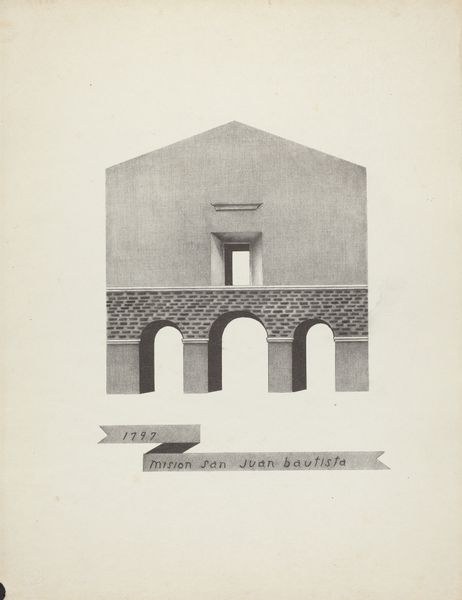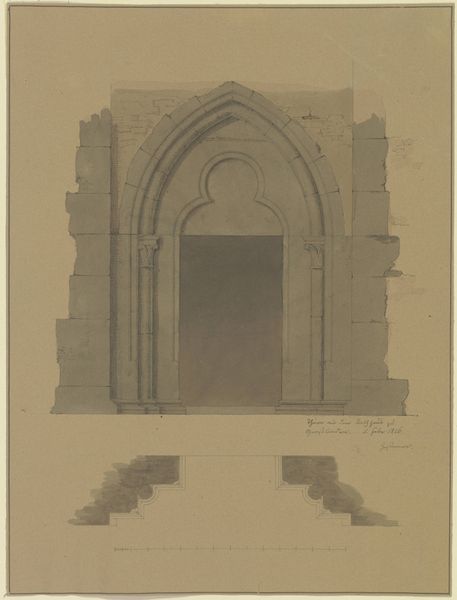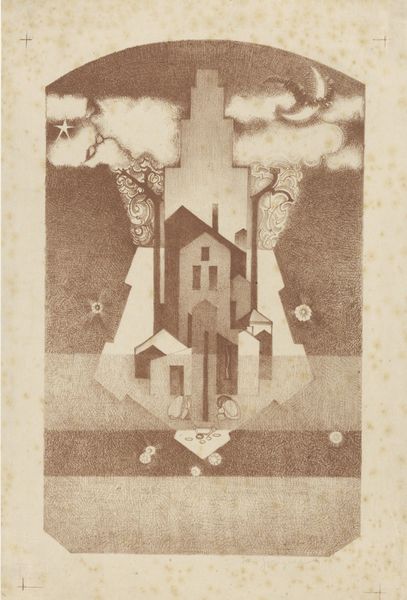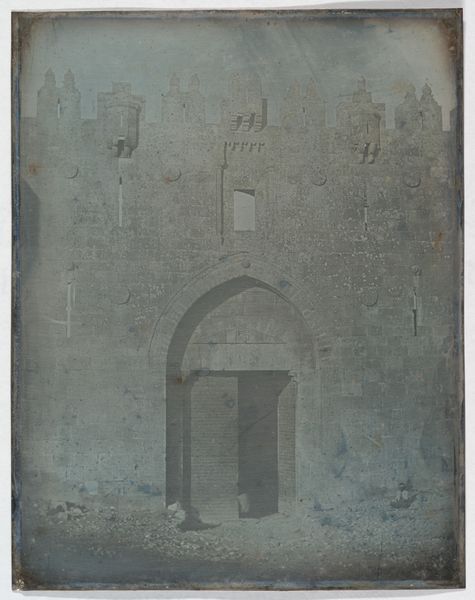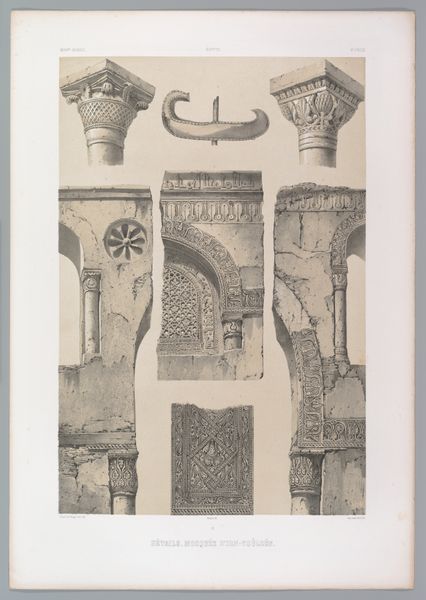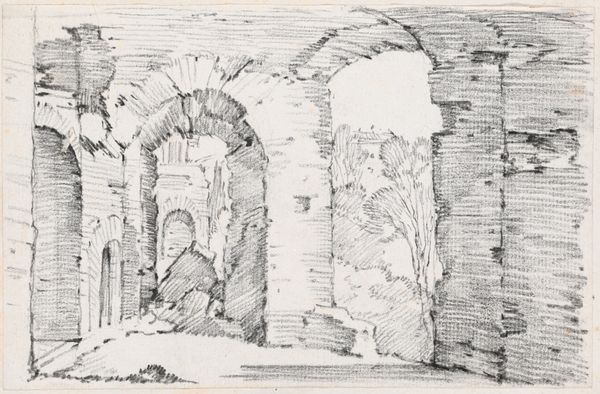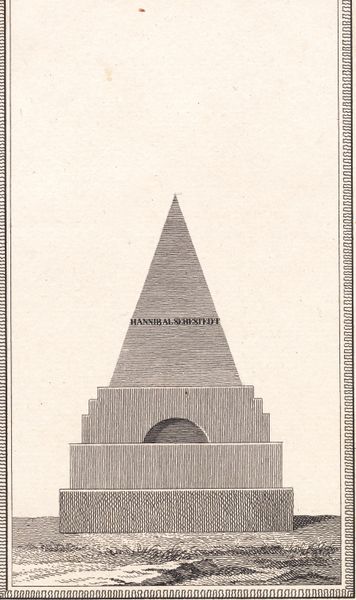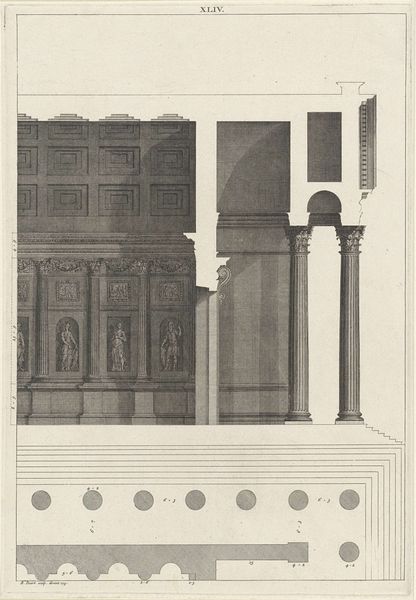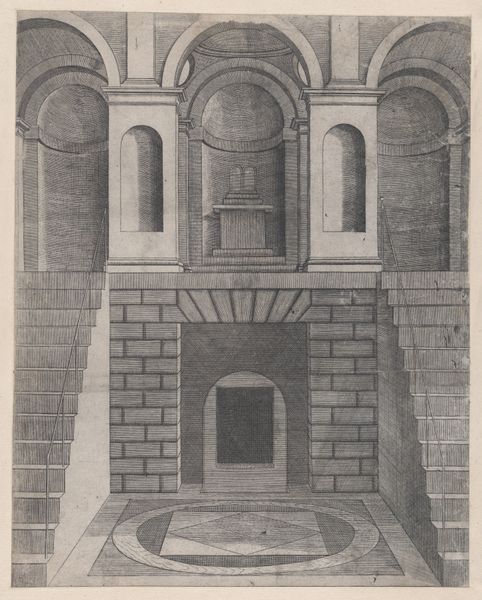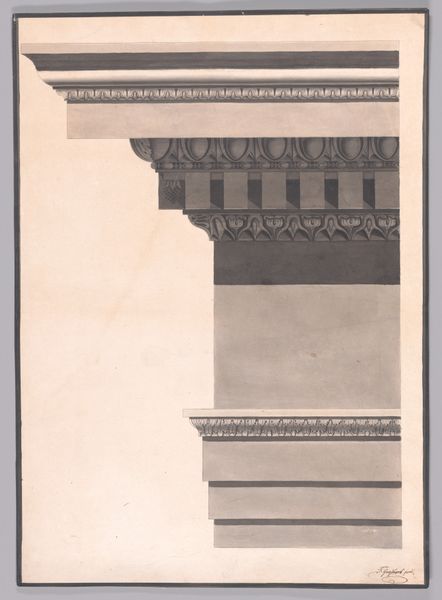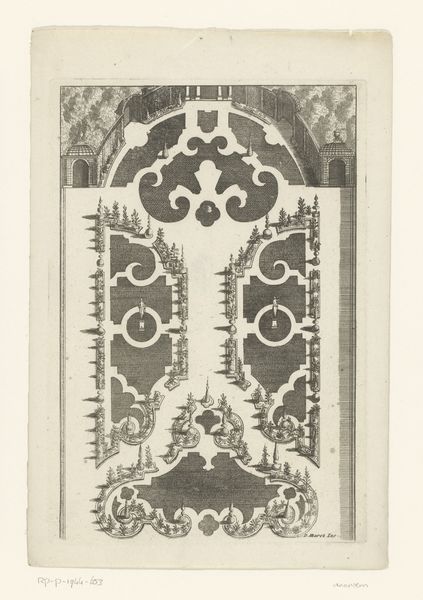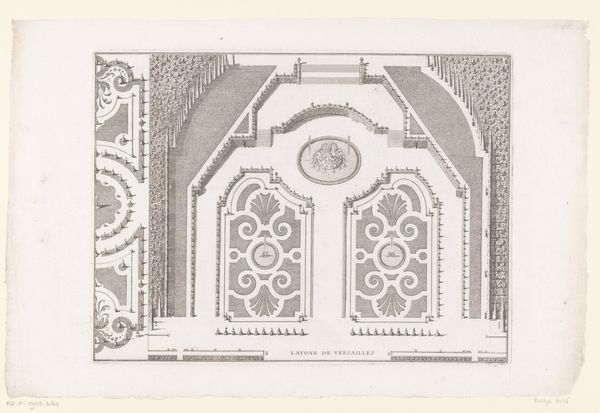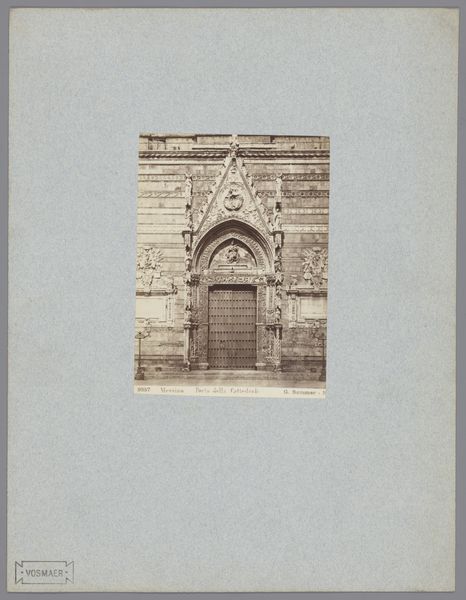
Three Sections of the Tempio della Speranza 1710 - 1727
drawing, print, architecture
drawing
aged paper
toned paper
homemade paper
ink paper printed
parchment
old engraving style
retro 'vintage design
personal sketchbook
arch
watercolour illustration
watercolor
architecture
Dimensions: 17-13/16 x 12-15/16 in. (45.3 x 32.9 cm)
Copyright: Public Domain
Editor: This is "Three Sections of the Tempio della Speranza," a print and drawing made between 1710 and 1727 by Pietro Paolo Coccetti. The use of toned and aged paper gives it a ghostly, architectural feel. What catches your eye when you look at this piece? Curator: What I see is the social function of architecture rendered through print. Coccetti isn't just drafting a building; he's participating in the cultural currency of architectural imagery, a market fueled by the Grand Tour and a growing interest in classical forms. The 'Tempio della Speranza,' or Temple of Hope, speaks volumes about the 18th century's engagement with antiquity and its influence on contemporary building practices. Do you notice how the rendering seems almost incomplete? Editor: I do, it looks unfinished, almost like a sketch from a personal sketchbook! Curator: Exactly! But what if that ‘unfinished’ quality served a specific purpose? It may invite the viewer to actively participate, filling in the blanks and envisioning their own versions of architectural grandeur, playing into the politics of taste and aspiration in that period. This would allow individuals to insert themselves, imagining being on their own Grand Tour. Editor: That's a great point! It almost feels like the artist intended to have the viewers involved in it. Curator: Precisely. Furthermore, prints like these facilitated the widespread dissemination of architectural ideas, enabling them to transcend geographical boundaries. Coccetti is not merely representing a building; he is shaping the discourse surrounding it. The museum displays it as artifact, but do we ask enough about its usage at its origination? Editor: That's a completely new perspective. It makes me think differently about what a drawing like this could *do* in its time. Curator: Agreed, the original usage reveals the deeper socio-cultural impact prints had in spreading artistic inspiration, even more than physical monuments!
Comments
No comments
Be the first to comment and join the conversation on the ultimate creative platform.
